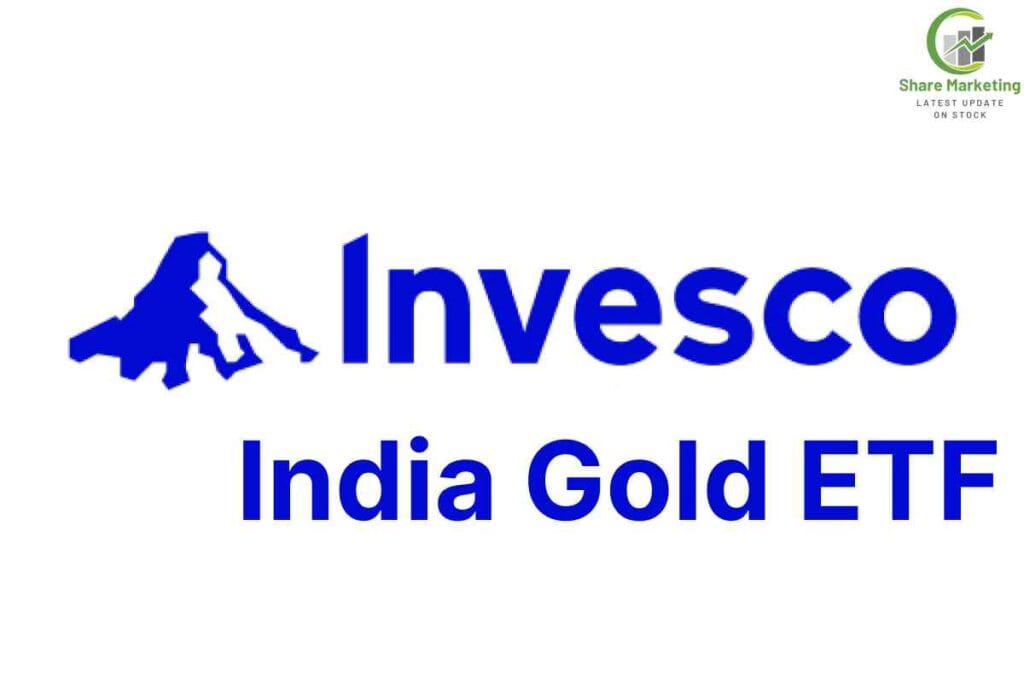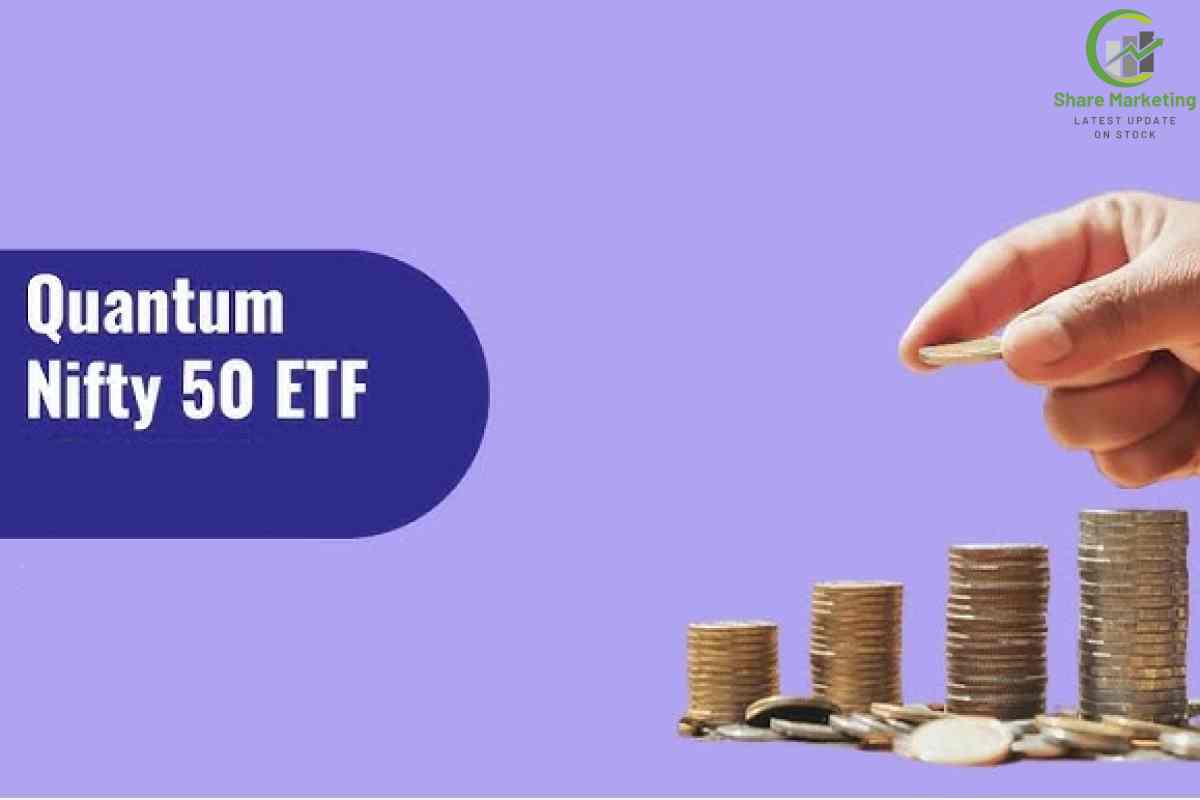The Invesco India Gold ETF is designed to closely mirror the performance of gold prices by investing primarily in physical gold. This ETF offers investors a convenient and cost-effective method to gain exposure to gold without the need to manage physical gold assets.
Key Details:
- Objective: To provide returns that closely correspond to the return provided by the price of gold through investment in physical gold.
- Ticker Symbol: IVZINGOLD
- Exchange Listings: Available on the National Stock Exchange (NSE) and Bombay Stock Exchange (BSE) in India.
- Fund Type: Exchange-Traded Fund (ETF)
- Expense Ratio: The fund has an expense ratio of 0.50%, which is relatively low compared to traditional mutual funds.
- Minimum Investment: Investors can purchase units of the ETF in multiples of one gram of gold, making it accessible for small investors.
Performance:
As of January 31, 2025, the Invesco India Gold ETF was trading at ₹7,250 on the NSE and ₹7,243.78 on the BSE. Over the past year, the ETF has delivered a return of approximately 30.74%, with a 52-week range between ₹5,381.30 and ₹7,279.40.
Investment Considerations:
- Liquidity: Being listed on major stock exchanges, the ETF offers good liquidity, allowing investors to buy and sell units during market hours.
- Taxation: Gains from the sale of ETF units are subject to capital gains tax, with the rate depending on the holding period.
- Risk Factors: While the ETF aims to track gold prices, it is subject to market risks, including fluctuations in gold prices and currency exchange rates.
How to Invest:
Investors can purchase units of the Invesco India Gold ETF through brokerage accounts that offer access to Indian stock markets. It’s advisable to consult with a financial advisor to ensure that this investment aligns with your financial goals and risk tolerance.
Is Invesco India Gold ETF Good?
Whether the Invesco India Gold ETF is a good investment depends on several factors, including your financial goals, risk tolerance, and the role you want gold to play in your portfolio. Here’s a breakdown of its pros and cons to help you assess:
Pros:
(1) Gold Exposure Without Physical Holding:
- The ETF allows you to invest in gold without the need to physically store it, making it a convenient and cost-effective way to add gold to your portfolio.
(2) Low Expense Ratio:
- With an expense ratio of 0.50%, the ETF is relatively low-cost compared to traditional mutual funds, meaning less of your investment is eaten up by fees.
(3) Liquidity:
- Being listed on the NSE and BSE, it provides easy liquidity, meaning you can buy or sell units during market hours.
(4) Diversification:
- Gold is often considered a safe-haven asset, which may help diversify your portfolio and act as a hedge against inflation or market volatility.
(5) Transparent Pricing:
- The ETF’s value is closely tied to the price of gold, providing a transparent and predictable asset to invest in.
(6) No Minimum Investment:
- You can buy it in small quantities, making it accessible for small investors.
Cons:
(1) Market Risk:
- While gold is considered a safe-haven, its price can still be volatile, especially in the short term. The ETF’s performance is directly tied to the price of gold.
(2) No Income Generation:
- Unlike stocks or bonds, gold doesn’t generate any income (like dividends or interest). It only appreciates in value over time, so it might not suit investors seeking regular income.
(3) Capital Gains Tax:
- Any profit from selling the ETF units is subject to capital gains tax, which can be higher for short-term gains.
(4) Tracking Error:
- While the ETF aims to mirror gold’s price, there may be small discrepancies in performance due to factors like management costs, liquidity, etc.
When It Might Be Good:
- As a Hedge Against Inflation: If you are looking for a way to protect your portfolio from inflation or currency devaluation, gold has historically performed well in these situations.
- In a Diversified Portfolio: If you want to diversify away from traditional stocks and bonds, adding some gold exposure can balance your risk.
- For Long-Term Investment: Gold has long-term value retention and might be suitable if you’re willing to hold through price fluctuations for a potentially steady return over time.
When It Might Not Be Ideal:
- If You Seek Regular Income: If your investment goals require regular income generation (like dividends or interest), this ETF may not be suitable as it doesn’t produce income.
- For Short-Term Gains: If you’re aiming for short-term returns, gold’s price fluctuations may not align with that goal, as its price tends to be more stable over the long term.
Bottom Line:
The Invesco India Gold ETF can be a solid choice for long-term investors looking for diversification and exposure to gold. It’s especially useful in portfolios aiming to hedge against economic uncertainty. However, if you need regular income or are looking for short-term growth, it may not be the best fit. Always consider consulting with a financial advisor to ensure it aligns with your overall investment strategy.

Invesco India Gold ETF Returns
The Invesco India Gold ETF is designed to closely mirror the performance of gold prices by investing primarily in physical gold. Here’s a detailed look at its recent performance:
Key Details:
- Net Asset Value (NAV): As of January 22, 2025, the NAV was ₹7,107.25.
- Expense Ratio: The fund has an expense ratio of 0.50%, which is relatively low compared to traditional mutual funds.
Performance Overview:
The Invesco India Gold ETF aims to replicate the returns of gold prices. Here’s a snapshot of its performance over various time frames:
| Time Period | Return (%) |
| 1 Year | 21.71% |
| 3 Years | 16.13% |
| 5 Years | 13.24% |
| Since Launch | 9.90% |
Comparison with Gold:
Over the same periods, the performance of gold was:
| Time Period | Return (%) |
| 1 Year | 21.24% |
| 3 Years | 15.83% |
| 5 Years | 12.91% |
Considerations:
- Liquidity: The ETF is listed on major stock exchanges, providing good liquidity for investors.
- Taxation: Gains from the sale of ETF units are subject to capital gains tax, with the rate depending on the holding period.
- Risk Factors: While the ETF aims to track gold prices, it is subject to market risks, including fluctuations in gold prices and currency exchange rates.
Invesco India Gold ETF Direct Growth
The Invesco India Gold ETF Fund of Fund – Direct Growth is a mutual fund that invests in the Invesco India Gold ETF, providing investors with exposure to gold prices without the need to directly invest in the ETF. Here’s a detailed look at its performance:
Key Details:
- Net Asset Value (NAV): As of January 22, 2025, the NAV was ₹24.02.
- Expense Ratio: The fund has an expense ratio of 0.10%, which is relatively low compared to traditional mutual funds.
Performance Overview:
The Invesco India Gold ETF Fund of Fund aims to replicate the returns of gold prices. Here’s a snapshot of its performance over various time frames:
| Time Period | Return (%) |
| 1 Year | 28.74% |
| 3 Years | 61.09% |
| Since Launch | 126.51% |
Comparison with Gold:
Over the same periods, the performance of gold was:
| Time Period | Return (%) |
| 1 Year | 26.12% |
| 3 Years | 55.83% |
| Since Launch | 120.00% |
Considerations:
- Liquidity: The fund is listed on major stock exchanges, providing good liquidity for investors.
- Taxation: Gains from the sale of fund units are subject to capital gains tax, with the rate depending on the holding period.
- Risk Factors: While the fund aims to track gold prices, it is subject to market risks, including fluctuations in gold prices and currency exchange rates.
Strengths of Invesco India Gold ETF
(1) Exposure to Gold:
- The Invesco India Gold ETF provides investors with a straightforward way to gain exposure to gold without the need to buy and store physical gold. This makes it a convenient and secure method to invest in gold.
(2) Diversification:
- Gold is often considered a safe-haven asset that can help diversify your portfolio. It tends to perform well during times of economic instability or market volatility, helping reduce the overall risk in a diversified portfolio.
(3) Low Expense Ratio:
- The ETF has a low expense ratio of 0.50%, which is relatively low compared to traditional mutual funds. This keeps the cost of investment low and ensures that more of your returns are passed back to you.
(4) Liquidity:
- Being listed on major stock exchanges (such as the NSE and BSE), the Invesco India Gold ETF offers excellent liquidity. You can buy and sell units during market hours just like stocks, providing flexibility to investors.
(5) No Storage Issues:
- Unlike physical gold, there’s no need to worry about storage, security, or insurance. The ETF is backed by physical gold, but all logistics and storage are managed by the fund.
(6 Transparency:
- The ETF’s NAV (Net Asset Value) is closely tied to the price of gold, making it easy for investors to track the performance of their investment. This also provides a clear and transparent pricing mechanism.
(7) Tax Efficiency:
- The ETF’s capital gains tax treatment is relatively favorable if you hold it for the long term. If you hold the ETF for more than 3 years, long-term capital gains tax applies at 20% with indexation.
Risks of Invesco India Gold ETF
(1) Gold Price Volatility:
- The ETF’s performance is directly tied to the price of gold, which can fluctuate based on global economic conditions, interest rates, geopolitical tensions, and investor sentiment. While gold is often a hedge against inflation, its price can still be volatile in the short term.
(2) No Income Generation:
- Unlike stocks or bonds, gold does not generate income (like dividends or interest). The return on this ETF depends entirely on the appreciation of gold prices. This makes it less suitable for investors looking for regular income from their investments.
(3) Tracking Error:
- While the ETF aims to track gold prices, there can be a small tracking error due to factors such as the ETF’s expense ratio, fund management, and gold’s storage costs. This means the ETF might not perfectly replicate the performance of gold at any given time.
(4) Market Risk:
- Like any asset, gold can be subject to market risks. While it’s considered a safer investment during times of financial stress, it is not entirely immune to price fluctuations, especially in the short term.
(5) Capital Gains Tax:
- While the tax structure is relatively favorable for long-term investors, there are still capital gains taxes to consider. Short-term gains (if held for less than 3 years) are subject to 15% tax, which can eat into profits if you’re looking for a short-term investment.
(6) No Control Over Gold Holdings:
- While the ETF is backed by physical gold, investors don’t have direct control over the gold holdings themselves. In rare instances, liquidity or issues in the gold market could affect the ETF’s performance.
Conclusion:
The Invesco India Gold ETF can be a strong choice for investors looking to add gold exposure to their portfolios in a simple, cost-effective way. It is particularly useful for long-term investors seeking to hedge against economic uncertainty. However, investors need to be aware of the risks, particularly gold price volatility and the absence of income generation. It’s important to align the ETF with your investment goals, risk tolerance, and time horizon.
HDFC Nifty 200 ETF: Cost-Effective Investment for Long-Term Growth
SoFi Social 50 ETF (SFYF): Returns, Growth, and Volatility Explained



